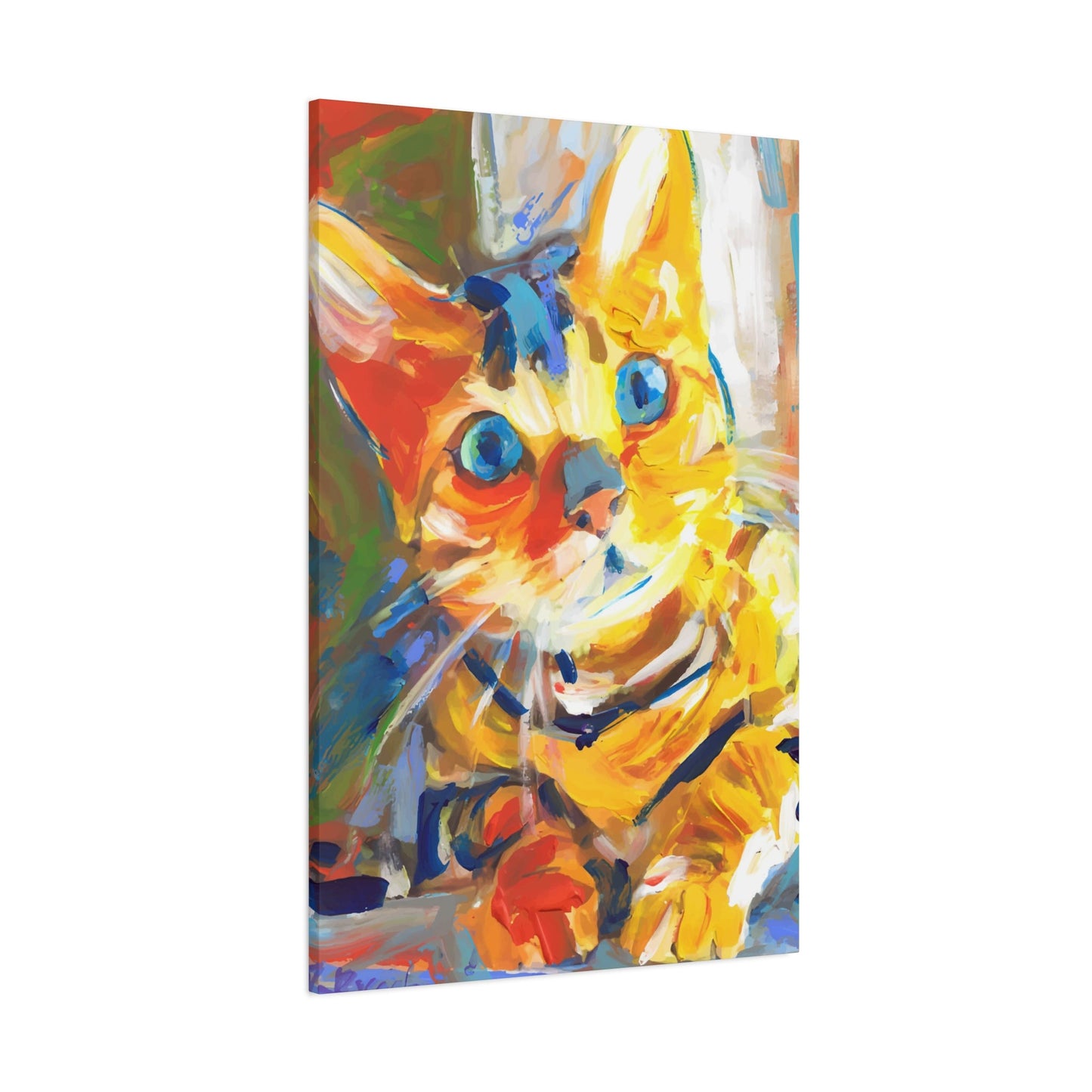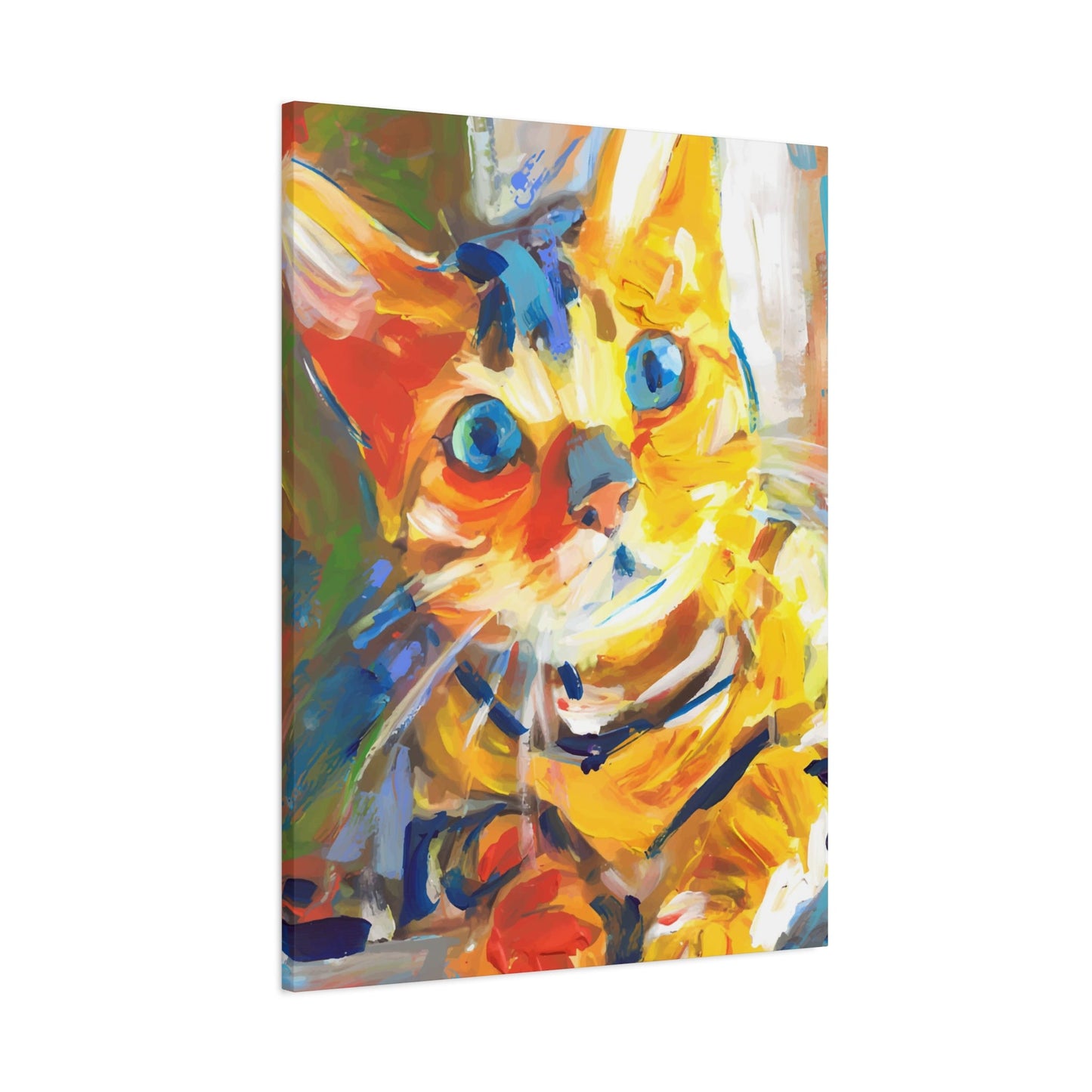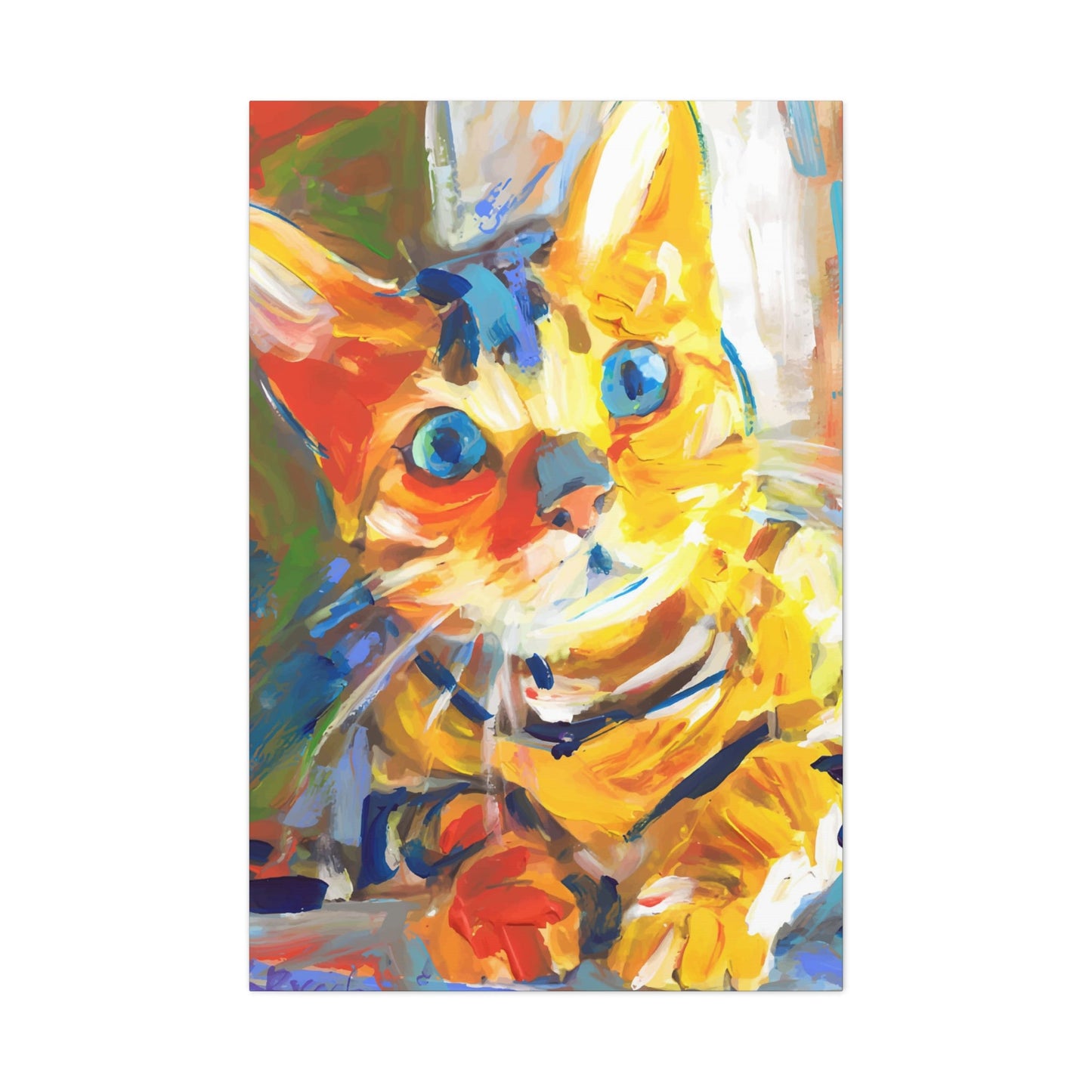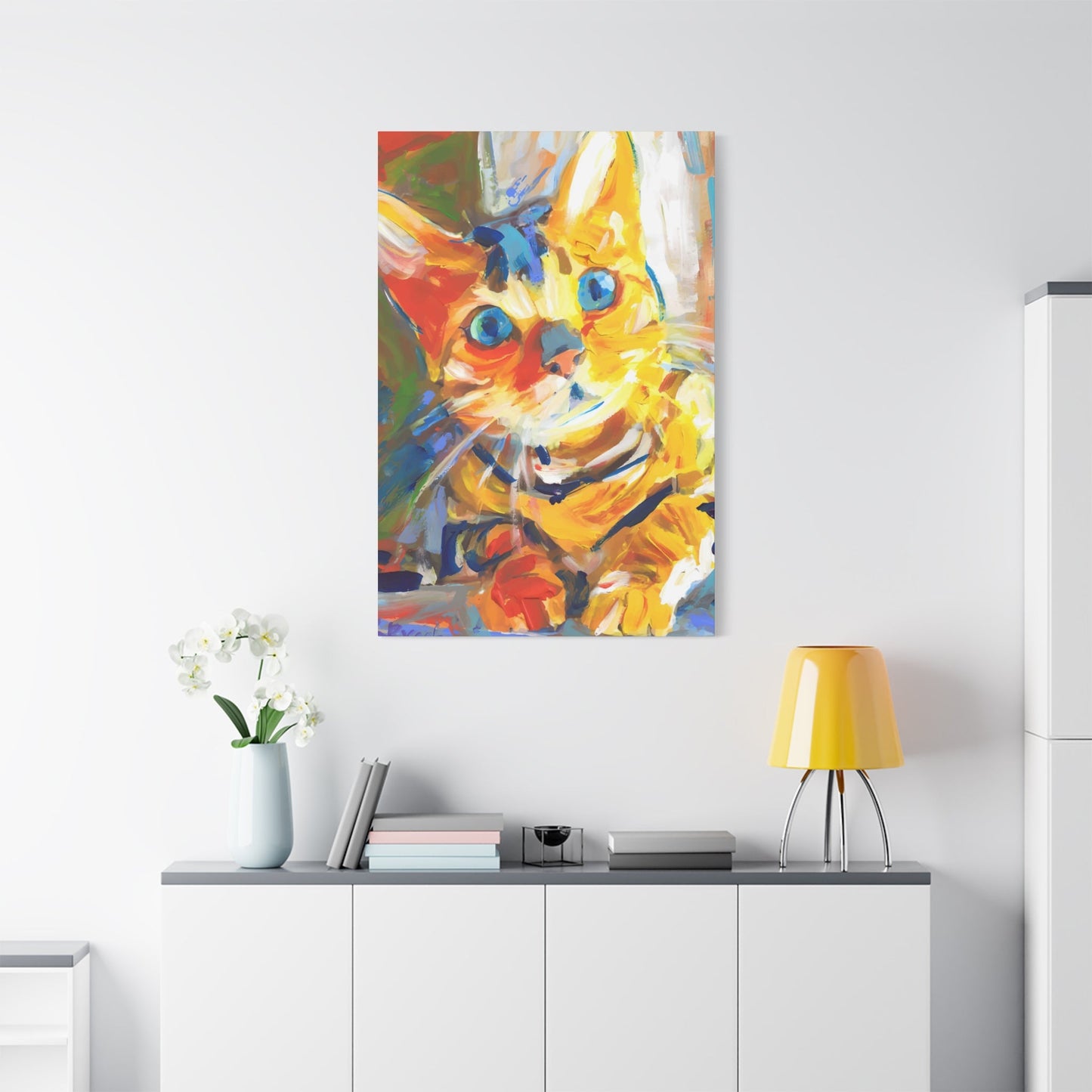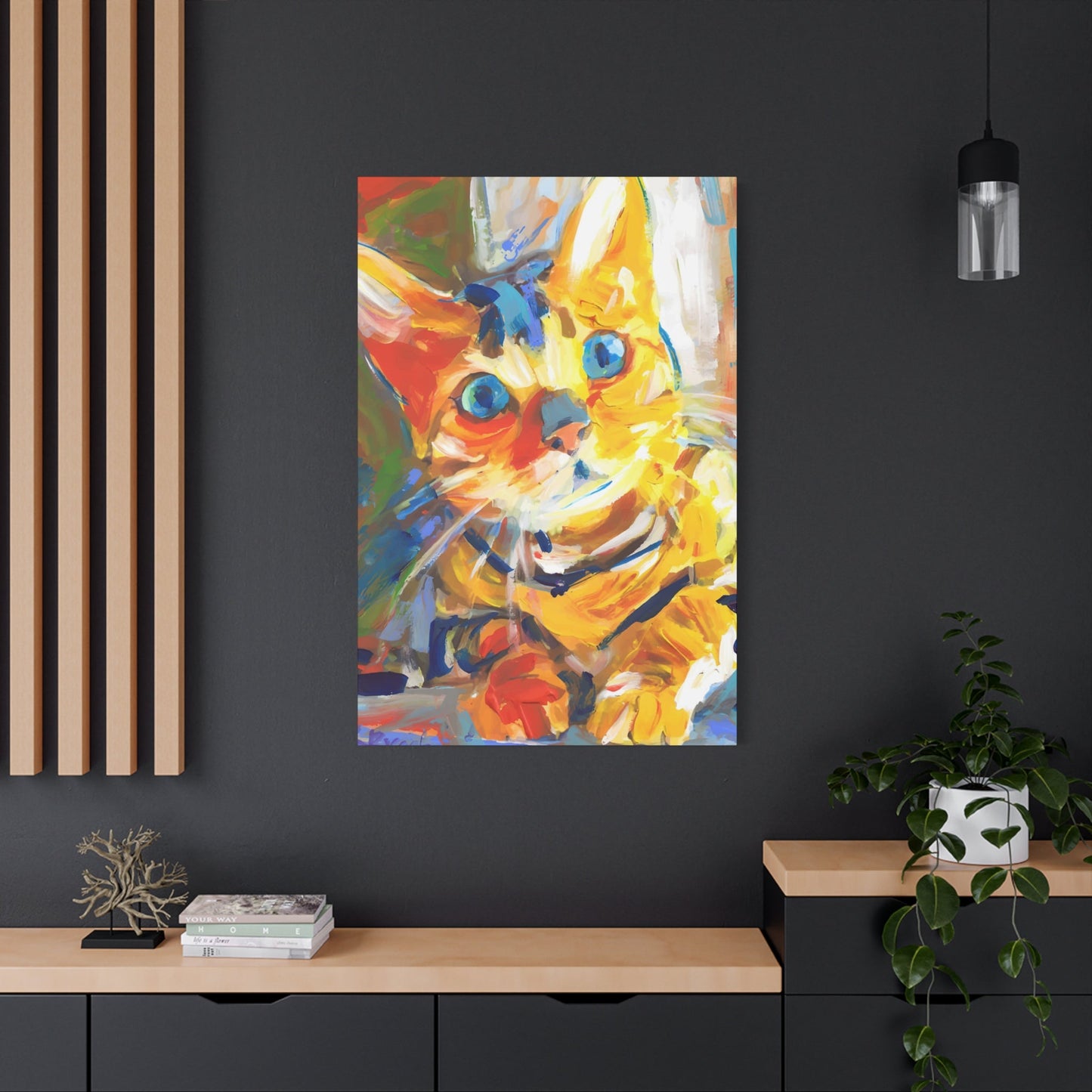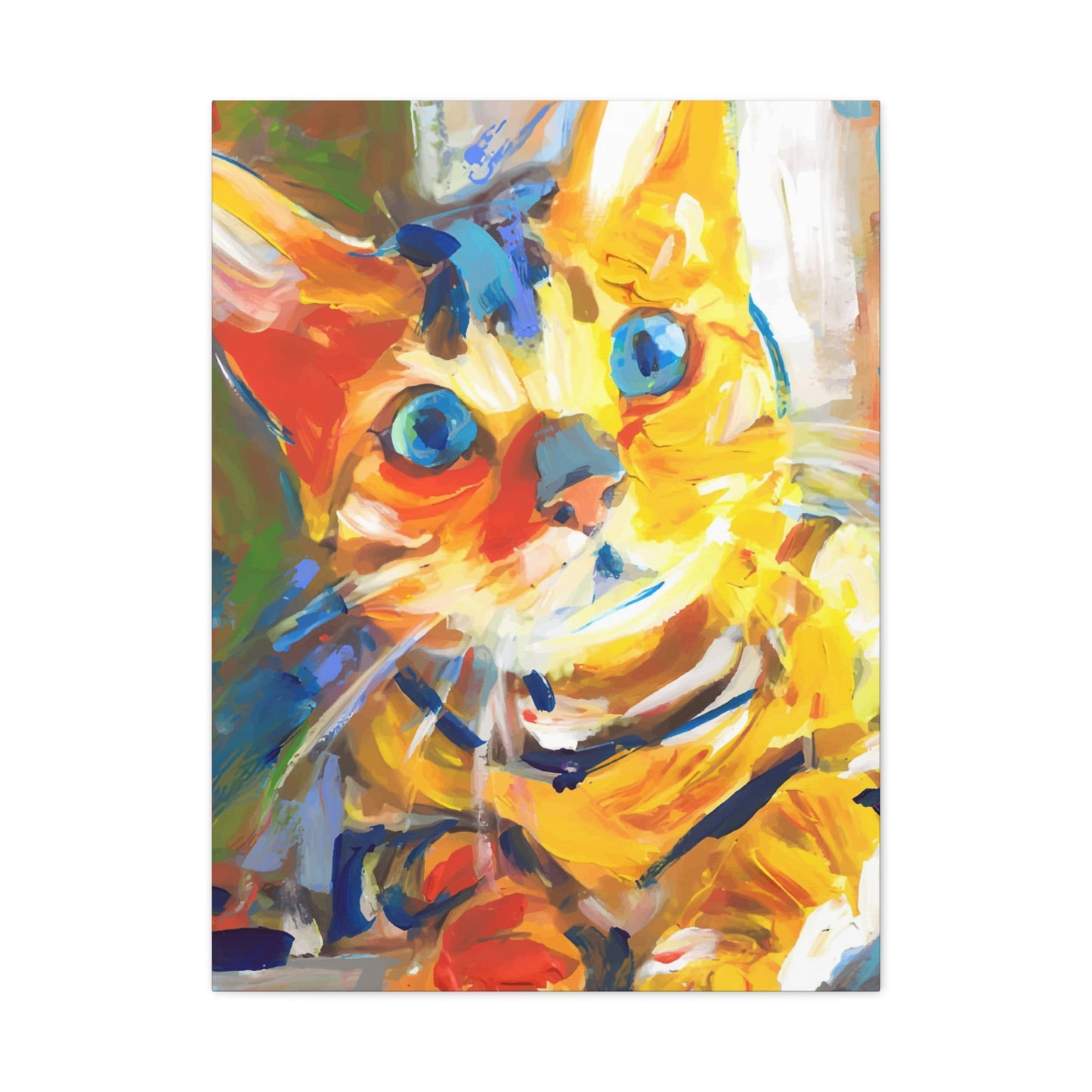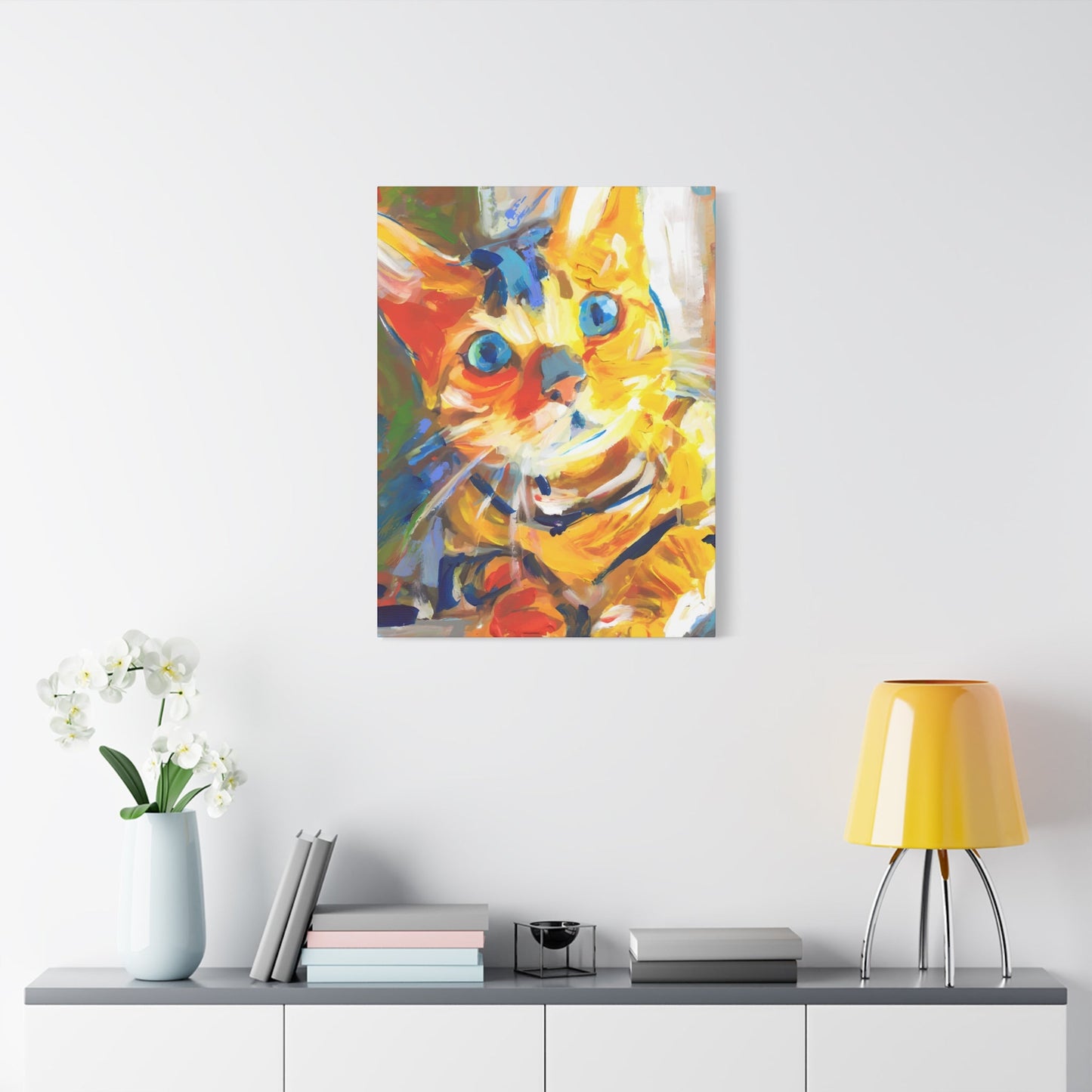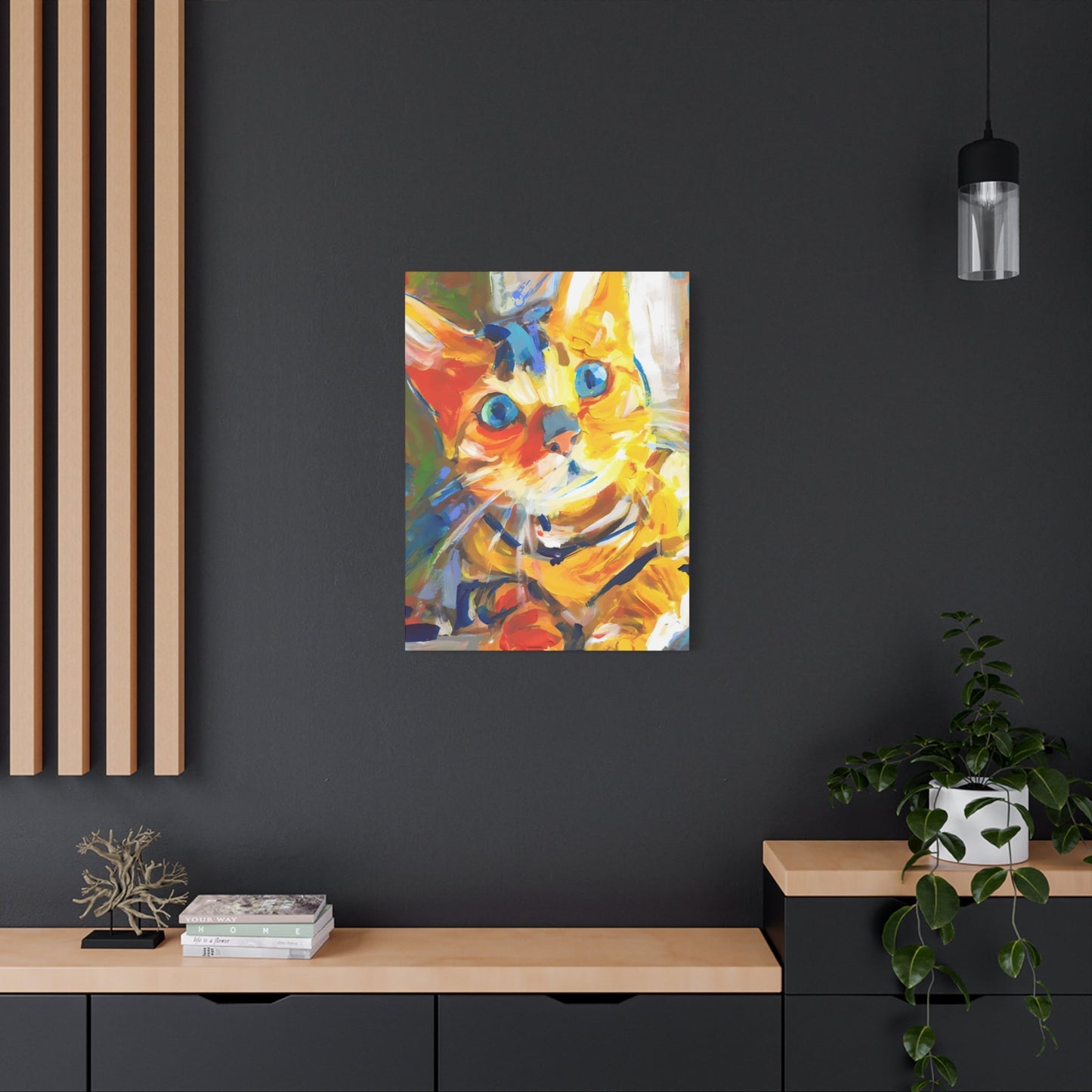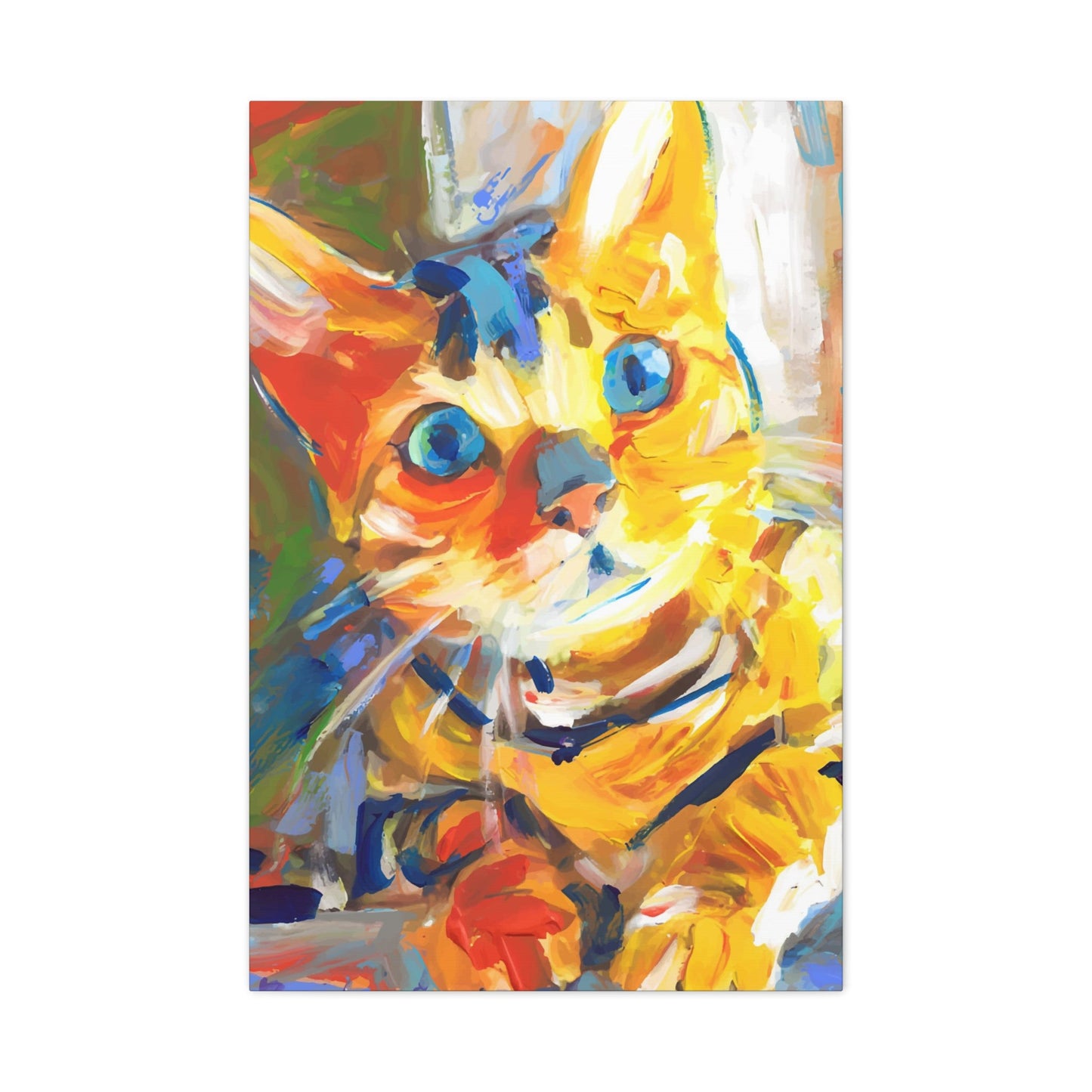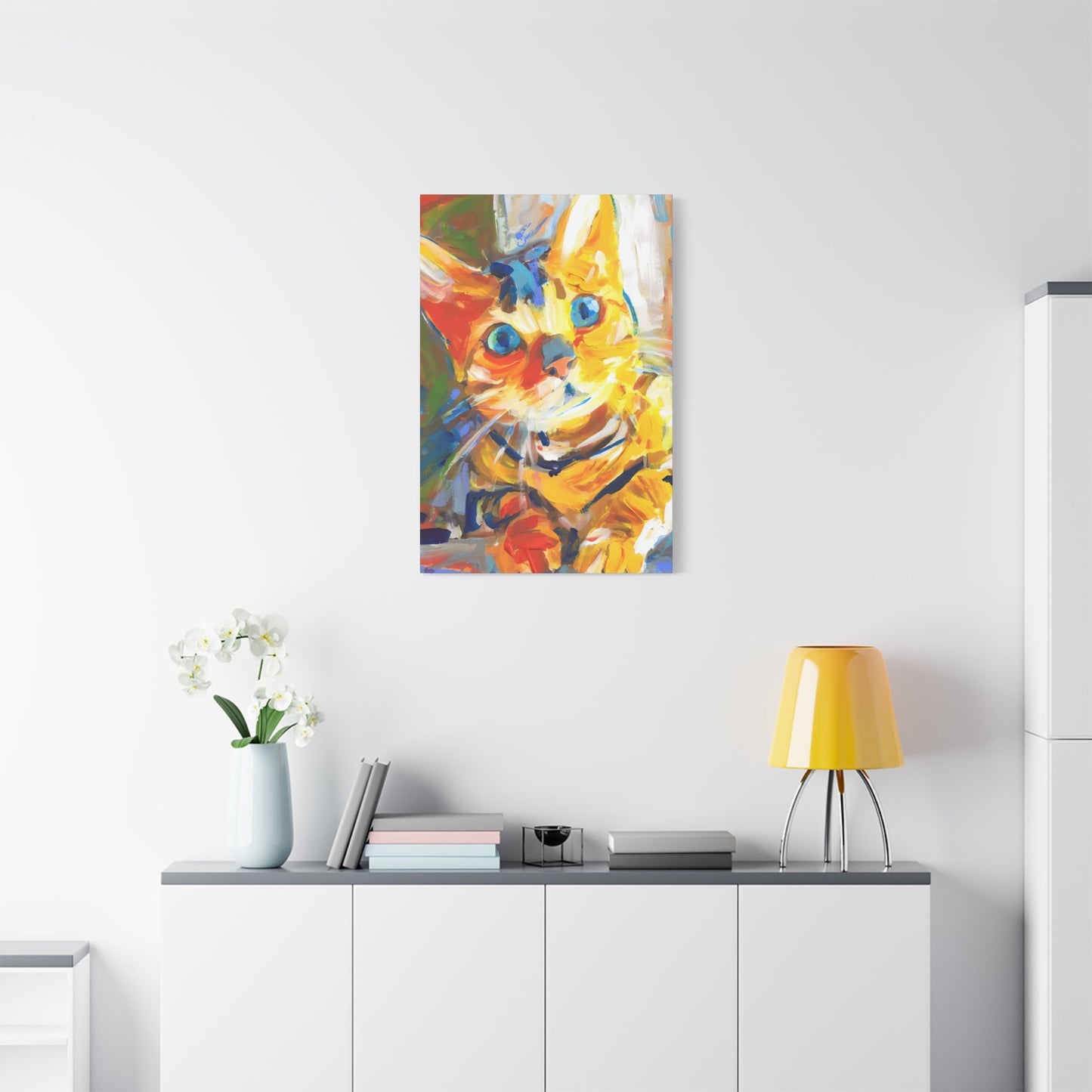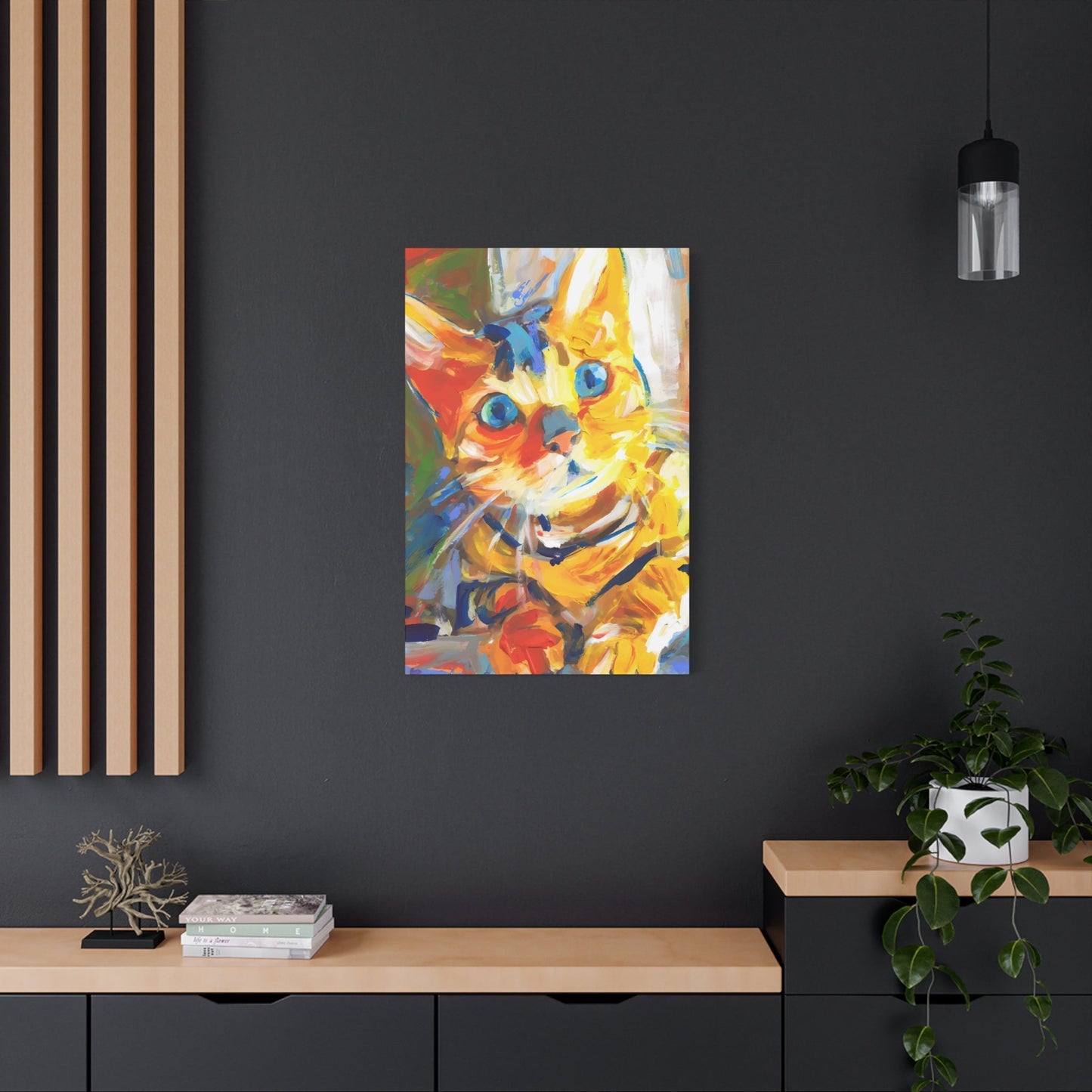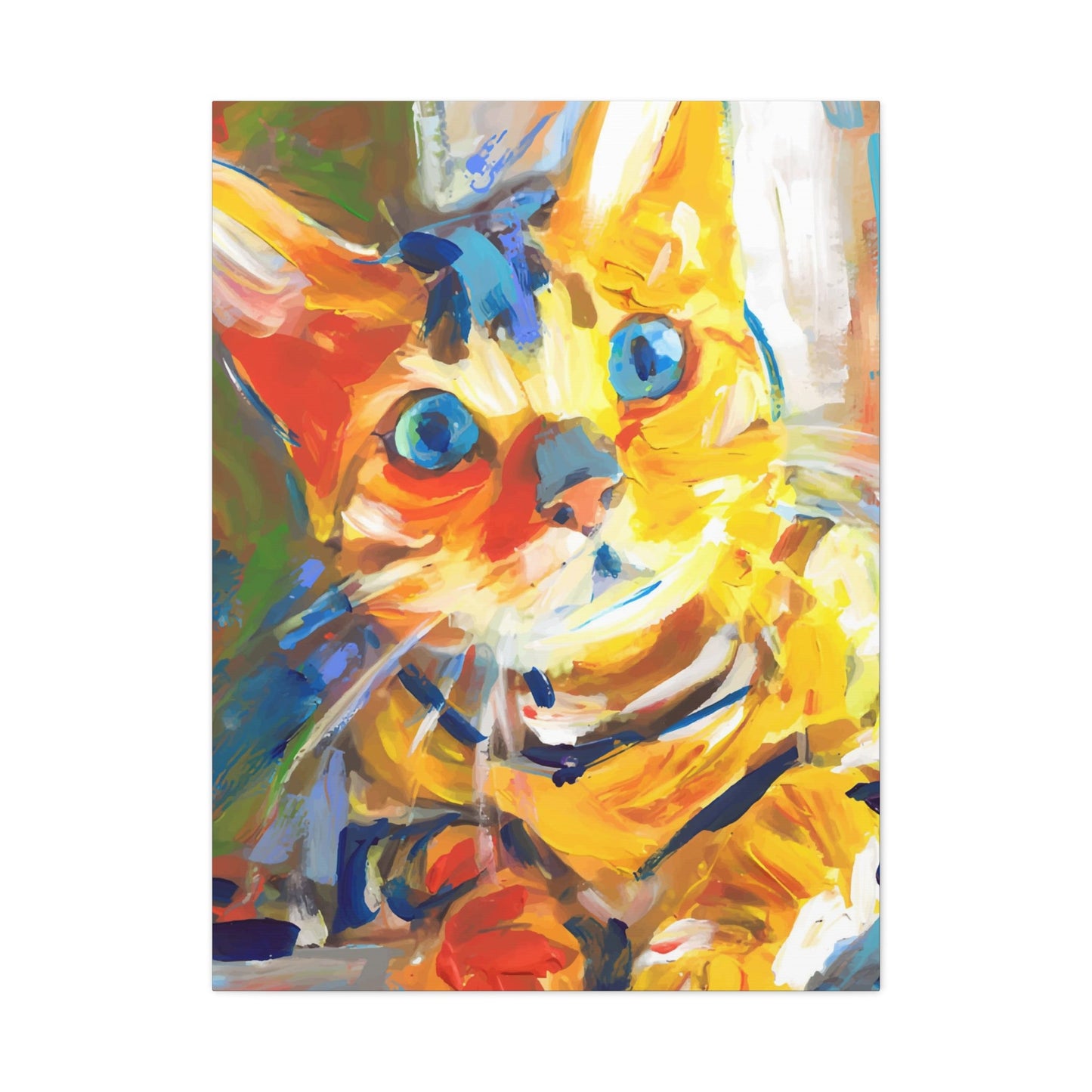Transform Your Space with the Distinctive Brilliance of RD Wall Art
RD Wall Art represents a revolutionary approach to home decoration that seamlessly blends artistic creativity with functional design elements. This distinctive brand has emerged as a leading force in the contemporary art market, specializing in creating visually stunning pieces that transform ordinary rooms into extraordinary living environments. The essence of RD Wall Art lies in its commitment to producing high-quality artistic works that cater to diverse aesthetic preferences while maintaining affordability and accessibility for homeowners across different budget ranges.
The foundation of RD Wall Art rests upon the principle of democratizing art by making exceptional decorative pieces available to everyone, regardless of their artistic background or financial constraints. Each creation undergoes a meticulous design process that combines traditional artistic techniques with modern production methods, resulting in pieces that exhibit both timeless appeal and contemporary relevance. The brand's philosophy centers around the belief that every home deserves to showcase beautiful artwork that reflects the personality and taste of its inhabitants.
RD Wall Art distinguishes itself through its comprehensive approach to artistic expression, encompassing various mediums, styles, and themes that appeal to different demographic groups. From abstract compositions that challenge conventional artistic boundaries to realistic portrayals that capture the beauty of natural landscapes, the brand offers an extensive portfolio that satisfies diverse artistic sensibilities. The company's dedication to quality extends beyond the visual appeal of its pieces, encompassing durability, colorfastness, and resistance to environmental factors that might compromise the longevity of the artwork.
The brand's commitment to innovation drives continuous exploration of new artistic techniques, materials, and production processes that enhance the overall quality and appeal of its offerings. RD Wall Art collaborates with talented artists from around the world, providing them with a platform to showcase their creativity while ensuring that customers have access to unique and original compositions. This collaborative approach has resulted in a diverse collection that reflects global artistic traditions while maintaining a cohesive brand identity that customers have come to recognize and trust.
Understanding the importance of versatility in home decoration, RD Wall Art creates pieces that complement various architectural styles, from contemporary minimalist designs to traditional and eclectic environments. The brand's extensive research into color theory, composition principles, and visual psychology ensures that each piece contributes positively to the overall ambiance of the room where it is displayed. This scientific approach to artistic creation sets RD Wall Art apart from competitors who may focus solely on aesthetic appeal without considering the psychological impact of their creations.
Popular Styles in RD Wall Art Collections
The diverse range of styles available in RD Wall Art collections reflects the brand's commitment to serving customers with varying artistic preferences and home decoration needs. Contemporary abstract compositions form a significant portion of the collection, featuring bold geometric patterns, fluid organic shapes, and dynamic color combinations that create visual interest and serve as conversation starters in any room. These abstract pieces often incorporate multiple layers of meaning and interpretation, allowing viewers to discover new elements each time they observe the artwork.
Minimalist designs represent another popular category within the RD Wall Art portfolio, characterized by clean lines, neutral color palettes, and simplified forms that complement modern architectural trends. These pieces appeal to homeowners who prefer understated elegance and seek artwork that enhances their living environment without overwhelming the existing design elements. The minimalist approach requires exceptional skill in composition and color selection, as each element must contribute meaningfully to the overall impact of the piece.
Nature-inspired themes constitute a substantial segment of the RD Wall Art collection, encompassing botanical illustrations, landscape photography, wildlife portraits, and seasonal compositions that bring the beauty of the natural world into indoor environments. These pieces often feature rich textures, vibrant colors, and intricate details that capture the essence of natural phenomena, from the delicate structure of flower petals to the majestic sweep of mountain ranges. The popularity of nature-themed artwork reflects humanity's inherent connection to the natural world and the desire to incorporate organic elements into increasingly urbanized living environments.
Vintage and retro styles have experienced a resurgence in popularity, leading RD Wall Art to develop collections that celebrate mid-century design aesthetics, Art Deco influences, and nostalgic imagery from various historical periods. These pieces often feature warm color tones, classic typography, and iconic imagery that evokes feelings of nostalgia and comfort. The vintage aesthetic appeals particularly to homeowners who appreciate the craftsmanship and design sensibilities of earlier eras while seeking to incorporate these elements into contemporary settings.
Cultural and ethnic motifs represent an important category within the RD Wall Art collection, celebrating diverse artistic traditions from around the world. These pieces may feature traditional patterns, symbolic imagery, or contemporary interpretations of cultural themes that allow homeowners to express their heritage or appreciation for global artistic diversity. The careful and respectful treatment of cultural themes ensures that these pieces serve as authentic representations rather than superficial appropriations of cultural elements.
Industrial and urban themes have gained popularity among customers who appreciate the raw aesthetic of metropolitan environments and industrial architecture. These pieces often feature metallic finishes, urban landscapes, architectural details, and abstract representations of city life that appeal to residents of urban areas or those who wish to incorporate urban sophistication into their home decoration schemes. The industrial aesthetic celebrates the beauty found in functional design and mechanical precision.
How RD Wall Art Transforms Living Environments
The transformative power of RD Wall Art extends far beyond simple decoration, fundamentally altering the character, atmosphere, and perceived dimensions of living environments through strategic placement and thoughtful selection of artistic pieces. When properly integrated into a room's design scheme, these artistic works function as focal points that draw attention, create visual balance, and establish emotional connections between inhabitants and their surroundings. The psychological impact of well-chosen artwork cannot be overstated, as colors, compositions, and themes directly influence mood, productivity, and overall well-being.
Color psychology plays a crucial role in how RD Wall Art transforms living environments, with different hues triggering specific emotional responses and behavioral patterns. Warm colors such as reds, oranges, and yellows create feelings of energy, warmth, and sociability, making them ideal for gathering areas like living rooms and dining rooms where conversation and interaction are encouraged. Cool colors including blues, greens, and purples promote relaxation, concentration, and tranquility, making them suitable for bedrooms, home offices, and meditation areas where calm and focus are desired.
The scale and proportion of RD Wall Art pieces significantly impact the perceived dimensions of rooms, with larger artworks creating dramatic statements that can make small rooms appear more spacious when positioned correctly. Conversely, collections of smaller pieces can add visual complexity and interest to larger rooms that might otherwise feel empty or impersonal. The strategic use of horizontal compositions can make narrow rooms appear wider, while vertical pieces can increase the perceived height of rooms with low ceilings.
Lighting considerations play an essential role in maximizing the transformative potential of RD Wall Art, as proper illumination enhances colors, reveals textures, and creates depth that might not be apparent under standard room lighting conditions. Natural light sources should be considered when selecting and positioning artwork, as changing light conditions throughout the day can dramatically alter the appearance and impact of artistic pieces. Artificial lighting options, including picture lights, track lighting, and accent lighting, can be used to highlight specific pieces and create dramatic effects that enhance the overall ambiance of the room.
The textural qualities of RD Wall Art contribute to the sensory richness of living environments, with different materials and surface treatments adding tactile interest that engages multiple senses simultaneously. Textured pieces can soften the hard surfaces commonly found in modern architecture, while smooth, glossy finishes can add sophistication and reflect light to brighten darker areas. The interplay between different textures within a room creates visual and tactile complexity that prevents environments from feeling monotonous or sterile.
Pattern and repetition elements within RD Wall Art can establish rhythm and movement within static environments, guiding the eye through rooms and creating visual connections between different areas. Carefully selected patterns can complement or contrast with existing architectural features, furniture upholstery, and decorative accessories to create cohesive design schemes that feel intentional and professionally curated rather than randomly assembled.
The Inspiration Behind RD Wall Art Designs
The creative genesis of RD Wall Art designs stems from a rich tapestry of influences that encompass natural phenomena, cultural heritage, architectural marvels, and contemporary social movements that shape our understanding of beauty, meaning, and artistic expression. The design team draws inspiration from diverse sources, including ancient artistic traditions, cutting-edge technological innovations, environmental conservation efforts, and humanitarian causes that resonate with contemporary audiences seeking meaningful connections with their decorative choices.
Natural phenomena provide an inexhaustible source of inspiration for RD Wall Art designers, who study the intricate patterns found in crystalline structures, the dynamic movements of weather systems, the seasonal transformations of landscapes, and the microscopic details of plant and animal life. These observations are translated into artistic compositions that capture the essence of natural processes while adapting them for indoor display environments. The careful study of natural color harmonies, organic forms, and biological patterns results in artwork that feels both familiar and novel, connecting viewers with the natural world even within urban settings.
Cultural exploration forms another significant source of inspiration, with designers studying traditional art forms, architectural styles, ceremonial objects, and symbolic systems from various civilizations throughout history. This research is conducted with respect and sensitivity to ensure that cultural elements are appropriately interpreted and presented in ways that honor their original contexts while making them accessible to contemporary audiences. The integration of cultural motifs into modern design contexts creates opportunities for cross-cultural dialogue and appreciation.
Technological advancement and digital innovation inspire RD Wall Art designs that explore the intersection between traditional artistic techniques and contemporary digital tools. The possibilities offered by computer-aided design, digital printing technologies, and new material sciences open up creative avenues that were previously impossible to explore. These technological influences result in artwork that pushes the boundaries of conventional artistic expression while maintaining the aesthetic appeal and emotional resonance that viewers expect from quality decorative pieces.
Social and environmental consciousness increasingly influences RD Wall Art designs, with many pieces reflecting concerns about sustainability, social justice, environmental conservation, and global interconnectedness. These themes are often subtly woven into artistic compositions rather than being explicitly stated, allowing viewers to discover deeper meanings and personal connections with the artwork over time. The incorporation of socially conscious themes reflects the brand's commitment to creating art that is both beautiful and meaningful.
Urban architecture and metropolitan environments provide inspiration for designs that celebrate the beauty found in constructed environments, from the geometric patterns of building facades to the dynamic energy of city streets. These influences result in artwork that appeals to urban dwellers while also introducing elements of sophistication and worldliness to suburban and rural settings. The celebration of human creativity and ingenuity through architectural inspiration creates connections between artistic expression and practical problem-solving.
Historical art movements continue to influence contemporary RD Wall Art designs, with elements borrowed and reinterpreted from movements such as Impressionism, Cubism, Abstract Expressionism, and Pop Art. These influences are combined with contemporary sensibilities to create pieces that honor artistic heritage while remaining relevant to current aesthetic preferences and lifestyle requirements.
Choosing the Perfect RD Wall Art for Your Home
Selecting the ideal RD Wall Art pieces for your home requires careful consideration of multiple factors that include room dimensions, existing color schemes, furniture styles, lighting conditions, personal preferences, and the intended atmosphere you wish to create in each living area. The process begins with a thorough assessment of your current home environment, identifying areas that would benefit from artistic enhancement and determining the specific requirements for each potential location.
Room size and ceiling height significantly influence artwork selection, as pieces that are too small may appear insignificant in large rooms, while oversized works can overwhelm smaller environments. A general guideline suggests that artwork should occupy approximately two-thirds to three-quarters of the available wall length above furniture pieces, though this rule can be adjusted based on personal preferences and specific design goals. Ceiling height also affects viewing angles and the perceived impact of artwork, with higher ceilings allowing for larger vertical compositions that might feel oppressive in rooms with standard ceiling heights.
Color coordination requires careful analysis of existing palette elements, including paint colors, furniture finishes, fabric patterns, and decorative accessories that already occupy the room. RD Wall Art pieces can either complement existing colors by incorporating similar hues or create dynamic contrasts that energize the environment through the strategic use of complementary colors. Understanding color theory principles helps in making selections that enhance rather than clash with existing design elements, ensuring that new additions feel integrated rather than randomly placed.
Furniture style and period considerations influence artwork selection, as certain artistic styles naturally complement specific furniture designs and architectural periods. Contemporary furniture typically pairs well with abstract compositions, minimalist designs, or bold graphic elements, while traditional furniture styles may be better complemented by realistic landscapes, classical subjects, or ornate decorative patterns. However, unexpected combinations can create interesting eclectic environments that reflect personal creativity and willingness to experiment with design conventions.
Lighting assessment involves evaluating both natural and artificial light sources to ensure that selected artwork will be properly illuminated throughout different times of day and various lighting conditions. Rooms with abundant natural light can accommodate pieces with subtle color variations and fine details, while darker environments may benefit from artwork featuring brighter colors or higher contrast compositions that remain visible under limited lighting conditions. The direction of natural light also affects how colors appear, with north-facing rooms receiving cooler light that may alter warm color tones, while south-facing rooms receive warmer light that enhances warm colors while potentially washing out cooler tones.
Personal lifestyle and aesthetic preferences should guide the selection process, ensuring that chosen pieces reflect individual personality, interests, and values. Consider how different artistic styles make you feel and whether those emotional responses align with the intended use of each room. Active, energetic compositions might be appropriate for exercise areas or home offices where motivation and energy are desired, while calm, soothing imagery may be better suited for bedrooms or relaxation areas where tranquility is the goal.
Budget considerations require balancing desired artistic quality with financial constraints, keeping in mind that RD Wall Art offers options across various price points without compromising quality or aesthetic appeal. Investment in fewer, higher-quality pieces often provides better long-term satisfaction than purchasing multiple lower-quality items that may need replacement as tastes evolve or living situations change.
Materials Commonly Used in RD Wall Art
The selection of materials used in RD Wall Art production reflects the brand's commitment to quality, durability, and aesthetic excellence while accommodating various budget levels and decorative requirements. Each material choice is carefully evaluated based on its ability to accurately reproduce artistic designs, withstand environmental conditions, and maintain visual appeal over extended periods of display. Understanding the characteristics of different materials helps customers make informed decisions about which options best meet their specific needs and preferences.
Canvas remains one of the most popular substrates for RD Wall Art, offering a traditional artistic medium that provides excellent color reproduction, texture variety, and long-term durability when properly prepared and treated. High-quality cotton canvas provides superior color absorption and retention compared to synthetic alternatives, while linen canvas offers even finer texture and greater longevity, though at a higher cost. Canvas preparations include various primer coatings that enhance color vibrancy and protect against moisture, ultraviolet radiation, and other environmental factors that could cause deterioration over time.
Metal substrates have gained popularity for their sleek appearance, exceptional durability, and unique visual properties that enhance certain artistic styles. Aluminum panels provide excellent dimensional stability and resistance to warping, while the smooth surface allows for precise color reproduction and fine detail rendering. The reflective properties of metal substrates can create interesting visual effects under different lighting conditions, adding depth and luminosity to artwork that may not be achievable with other materials. Specialized coating processes protect metal substrates from corrosion while allowing for various surface textures and finishes.
Acrylic materials offer excellent transparency, impact resistance, and weatherproof characteristics that make them suitable for high-traffic areas or locations where durability is a primary concern. Modern acrylic formulations provide exceptional optical clarity that rivals traditional glass while being significantly lighter and more resistant to breakage. The smooth surface of acrylic substrates allows for vibrant color reproduction and easy maintenance, making them popular choices for commercial installations and homes with children or pets.
Paper-based materials continue to play important roles in RD Wall Art production, particularly for limited edition prints and photographic reproductions that require fine detail resolution and subtle color gradations. Archival quality papers are manufactured to museum standards, ensuring that colors remain stable and papers resist yellowing, brittleness, and other forms of deterioration over time. Various paper textures and weights are available to complement different artistic styles and personal preferences, from smooth, matte finishes to heavily textured surfaces that add tactile interest.
Wood substrates provide natural warmth and organic texture that complement rustic, traditional, and eclectic decorative styles. Carefully selected hardwoods undergo specialized preparation processes that prevent warping, cracking, and other forms of dimensional instability while creating surfaces suitable for various artistic applications. The natural grain patterns of wood can enhance certain artistic designs, creating unique pieces where the substrate becomes an integral part of the overall aesthetic appeal.
Fabric materials offer flexibility, lightweight characteristics, and the ability to create very large artistic pieces that would be impractical with rigid substrates. High-quality textile substrates are specially woven to provide uniform surfaces for color application while maintaining dimensional stability and resistance to stretching or sagging. Various fabric weights and textures accommodate different artistic styles and installation requirements, from lightweight options suitable for temporary displays to heavy-duty materials designed for permanent installations.
Advanced composite materials represent the cutting edge of substrate technology, combining the best characteristics of multiple material types while minimizing their individual limitations. These engineered substrates often feature specialized core materials sandwiched between protective outer layers, resulting in lightweight panels with exceptional strength, dimensional stability, and resistance to environmental factors.
Where to Buy Authentic RD Wall Art Pieces
Acquiring authentic RD Wall Art pieces requires understanding the various distribution channels and purchasing options available to consumers, each offering different advantages in terms of selection, pricing, customer service, and authenticity guarantees. The landscape of art purchasing has evolved significantly with the growth of online commerce, providing customers with unprecedented access to artistic works while also creating challenges in verifying authenticity and quality before purchase.
Official brand retailers represent the most reliable source for authentic RD Wall Art, offering comprehensive product selections, manufacturer warranties, and expert customer service from staff trained in the brand's product lines and artistic characteristics. These authorized dealers maintain direct relationships with the manufacturer, ensuring that customers receive genuine products with proper documentation and support services. Official retailers often provide exclusive access to new releases, limited editions, and custom ordering services that may not be available through other channels.
Online marketplaces have revolutionized art purchasing by providing convenient access to extensive inventories from multiple sellers, competitive pricing through vendor competition, and customer review systems that help buyers make informed decisions. However, the proliferation of counterfeit and reproduction pieces on these platforms requires careful evaluation of seller credentials, product descriptions, and customer feedback before making purchases. Legitimate sellers typically provide detailed product information, high-resolution images from multiple angles, and clear return policies that protect buyers from receiving substandard or misrepresented items.
Art galleries and exhibition venues often carry curated selections of RD Wall Art that have been professionally evaluated and presented in appropriate display contexts that allow potential buyers to assess how pieces might appear in their own homes. Gallery purchases typically include professional consultation services, custom framing options, and installation assistance that justify premium pricing compared to other purchasing channels. The expertise of gallery staff can be invaluable in helping customers select pieces that complement their existing decor and personal aesthetic preferences.
Direct-from-artist purchases provide opportunities to acquire unique pieces while supporting individual artists and gaining insights into the creative processes behind specific works. These transactions often involve personal interactions with artists that add meaningful context and emotional connections to purchased pieces. However, direct artist purchases may involve longer delivery times, limited return options, and variable pricing based on individual artist policies rather than standardized retail structures.
Home decor retailers increasingly carry selections of RD Wall Art as part of their broader product offerings, providing convenient one-stop shopping for customers undertaking comprehensive home decoration projects. These retailers may offer package deals, coordination services, and installation assistance that streamline the purchasing and installation process. However, selections may be limited compared to specialized art retailers, and staff expertise regarding artistic characteristics may be less comprehensive.
Online auction platforms present opportunities to acquire RD Wall Art pieces at potentially reduced prices, particularly for discontinued or rare items that may be difficult to find through traditional retail channels. Successful auction bidding requires patience, research, and understanding of market values to avoid overpaying for items that might be available at lower prices through other sources. Authentication becomes particularly important in auction contexts, as return policies may be more restrictive than traditional retail purchases.
Trade shows and art fairs provide opportunities to view large selections of RD Wall Art in person while taking advantage of show-specific pricing and promotional offers. These events often feature representatives from multiple brands and retailers, allowing customers to comparison shop and negotiate prices in competitive environments. The temporary nature of these events can create urgency that leads to impulsive purchases, making advance research and budget planning essential for successful fair shopping.
RD Wall Art for Modern Home Environments
The integration of RD Wall Art into modern home environments requires understanding contemporary design principles, technological influences, and lifestyle considerations that shape how people live and interact with their residential environments in the twenty-first century. Modern homes typically feature open floor plans, minimalist aesthetic approaches, and integration of smart home technologies that create both opportunities and challenges for artistic expression and decoration.
Open concept floor plans characteristic of modern homes create large, continuous visual fields that can accommodate oversized artistic pieces or carefully coordinated collections that maintain visual coherence across multiple functional areas. The absence of walls between traditional room divisions requires careful consideration of sight lines and viewing angles to ensure that artwork remains visually appealing from multiple perspectives throughout the home. RD Wall Art pieces selected for open concept environments should complement the overall flow and rhythm of the space while providing visual anchors that help define different functional zones.
Minimalist design principles emphasize clean lines, uncluttered environments, and careful selection of decorative elements that serve specific aesthetic or functional purposes. RD Wall Art pieces for minimalist settings should demonstrate restraint in color palettes, simplified compositions, and refined execution that aligns with the overall design philosophy. The challenge lies in selecting pieces that create visual interest and emotional impact without overwhelming the carefully curated simplicity that defines minimalist environments.
Technology integration in modern homes creates opportunities to incorporate digital art displays, interactive installations, and smart lighting systems that enhance the presentation and impact of traditional RD Wall Art pieces. Digital frames and displays can cycle through multiple artistic works, providing variety and seasonal adaptation that was previously impossible with static pieces. Smart lighting systems can be programmed to optimize the presentation of artwork throughout different times of day and various activities, maximizing the visual impact and emotional resonance of selected pieces.
Sustainable design practices increasingly influence modern home decoration choices, with environmentally conscious consumers seeking artwork produced using sustainable materials, ethical manufacturing processes, and minimal environmental impact. RD Wall Art responds to these concerns by offering pieces produced using recycled materials, renewable resources, and production processes that minimize waste and energy consumption. The longevity and durability of well-made artistic pieces also contribute to sustainability by reducing the need for frequent replacement and disposal.
Multi-functional living areas common in modern homes require artwork that complements various activities and moods throughout different times of day and week. RD Wall Art pieces should enhance both active social gatherings and quiet personal reflection, requiring careful balance of energetic and calming elements within individual pieces or coordinated collections. The flexibility to rearrange and reconfigure artwork displays accommodates changing needs and preferences over time.
Color psychology becomes particularly important in modern home environments where individual rooms may serve multiple functions and inhabitants may have varying aesthetic preferences and sensitivity to different color influences. RD Wall Art selections should consider the psychological impact of different color combinations and their effects on productivity, relaxation, social interaction, and personal well-being. The ability to create different moods and atmosphere through artistic choices can significantly enhance the functionality and enjoyment of modern living environments.
Scale and proportion considerations in modern homes must account for both the generous dimensions of open living areas and the more intimate scales of private retreats and personal work environments. RD Wall Art collections may need to include pieces of varying sizes that can be appropriately scaled to different areas within the same home, maintaining stylistic coherence while adapting to dramatically different spatial requirements.
Customizing Your Living Environment with RD Wall Art
The process of customizing living environments with RD Wall Art involves far more than simply selecting attractive pieces and hanging them on available wall surfaces. True customization requires developing a comprehensive understanding of personal lifestyle patterns, aesthetic preferences, functional requirements, and emotional needs that artwork can address through thoughtful selection, placement, and integration with existing home elements.
Personal style assessment forms the foundation of successful customization, requiring honest evaluation of individual preferences, lifestyle requirements, and long-term aesthetic goals that will guide artwork selection decisions. This assessment should consider not only current preferences but also anticipated changes in circumstances, family composition, and evolving tastes that may affect satisfaction with artwork choices over time. Understanding personal color preferences, pattern tolerances, and emotional responses to different artistic styles helps ensure that selected pieces will provide lasting enjoyment rather than becoming sources of visual fatigue or regret.
Room-by-room analysis identifies specific opportunities and requirements for artistic enhancement while considering the unique functional characteristics, lighting conditions, and decorative challenges of each area within the home. Living rooms typically offer the greatest flexibility for artistic expression and can accommodate larger statement pieces that reflect personal style and create conversation focal points. Bedrooms require artwork that promotes relaxation and personal reflection, often benefiting from calmer color palettes and more intimate scale pieces that enhance rather than stimulate the senses.
Kitchen and dining areas present unique considerations related to moisture, temperature variations, and the need for artwork that complements food preparation and consumption activities. RD Wall Art pieces for these areas should be selected for durability and easy maintenance while contributing to appetizing and welcoming atmosphere that enhances the dining experience. The growing popularity of open kitchen designs creates opportunities for artwork that bridges the gap between functional cooking areas and social entertainment environments.
Home office and study areas require artwork that enhances productivity, creativity, and concentration while reflecting professional image requirements for video conferencing and client meetings. RD Wall Art selections for these environments should avoid overly stimulating or distracting elements while providing visual interest that prevents workspace monotony and supports sustained focus throughout long working sessions.
Bathroom environments pose unique challenges related to humidity, privacy, and limited wall surface availability, requiring artwork specifically selected or treated for moisture resistance while maintaining aesthetic appeal in typically smaller and more intimate settings. The opportunity to create surprising and delightful artistic moments in these often-overlooked areas can significantly enhance the overall home environment experience.
Hallways and transitional areas provide opportunities to create visual connections between different rooms and living areas while accommodating artwork that might be too large or dramatic for more intimate settings. These areas often receive limited natural light and may have architectural features that complicate artwork placement, requiring careful selection of pieces that remain visually appealing under challenging conditions.
Seasonal customization options allow homeowners to adapt their artistic displays to changing weather conditions, holiday celebrations, and evolving personal moods throughout the year. RD Wall Art collections can be developed to include pieces that can be rotated or seasonally displayed, providing variety and preventing visual stagnation while maximizing the investment value of multiple artistic pieces.
Integration with existing collections and decorative elements requires careful consideration of how new RD Wall Art pieces will interact with furniture, textiles, lighting fixtures, and other decorative objects already present in the home. Successful integration creates harmonious environments where all elements appear to have been deliberately selected to work together rather than randomly accumulated over time.
Combining RD Wall Art with Other Decorative Styles
The artful combination of RD Wall Art with diverse decorative styles requires understanding fundamental design principles, aesthetic compatibility factors, and creative techniques for bridging different stylistic approaches within cohesive and visually pleasing environments. Successful style mixing demonstrates sophistication and personal creativity while avoiding the chaos that can result from randomly combining incompatible elements without careful planning and consideration.
Traditional decorative styles, characterized by formal symmetry, rich materials, and classical proportions, can be enhanced by carefully selected RD Wall Art pieces that complement rather than compete with existing furniture and architectural elements. The key lies in selecting artwork that shares color palettes, maintains appropriate scale relationships, and respects the formal balance that defines traditional environments. RD Wall Art pieces featuring classical subjects, landscape themes, or sophisticated abstract compositions can bridge the gap between traditional formality and contemporary artistic expression.
Contemporary style integration focuses on clean lines, geometric forms, and neutral color palettes that provide flexible backgrounds for artistic expression. RD Wall Art pieces with bold graphics, minimalist compositions, or striking color contrasts can serve as focal points within contemporary settings while maintaining the uncluttered aesthetic that defines this approach. The challenge lies in selecting pieces that create visual impact without overwhelming the carefully curated simplicity of contemporary environments.
Eclectic decorative approaches celebrate the combination of diverse elements from different periods, cultures, and aesthetic traditions, providing maximum flexibility for incorporating varied RD Wall Art pieces within single environments. Success in eclectic decorating requires identifying common threads such as color, texture, or theme that unite disparate elements into cohesive and intentional-appearing compositions. RD Wall Art's diverse collection provides numerous options for supporting eclectic approaches while contributing unique elements that enhance rather than duplicate existing decorative themes.
Rustic and farmhouse styles emphasize natural materials, weathered finishes, and comfortable, unpretentious atmosphere that can be enhanced by RD Wall Art pieces featuring nature themes, vintage-inspired graphics, or folk art influences. The casual warmth of rustic environments provides opportunities for more relaxed artwork placement and grouping strategies that might appear inappropriate in more formal settings. Layering techniques, mixed media combinations, and unexpected juxtapositions can create charming and personal environments that reflect individual creativity and comfort with imperfection.
Industrial decorative styles celebrate the aesthetic of functional design, exposed structural elements, and raw materials such as metal, concrete, and unfinished wood. RD Wall Art pieces featuring urban landscapes, abstract geometric compositions, or photography celebrating architectural details can complement industrial environments while softening the potentially harsh edges of purely functional design approaches. The contrast between artistic softness and industrial hardness creates dynamic tension that can energize and humanize otherwise austere environments.
Scandinavian design principles emphasizing natural light, pale color palettes, and functional simplicity provide excellent frameworks for showcasing RD Wall Art pieces that share these aesthetic values. The Scandinavian approach to artwork typically favors pieces that enhance natural light reflection, incorporate organic themes, and maintain the sense of spaciousness and tranquility that defines this approach. Careful attention to proportion and negative space ensures that artwork enhances rather than compromises the serene atmosphere characteristic of Scandinavian interiors.
Transitional decorative styles attempt to bridge traditional and contemporary approaches by incorporating elements from both without fully committing to either extreme. RD Wall Art selections for transitional environments should demonstrate similar flexibility, featuring classical elements interpreted through contemporary techniques or modern compositions rendered in traditional materials and color palettes. The success of transitional decorating depends on maintaining balance between competing stylistic influences while creating environments that feel intentional rather than indecisive.
Cultural and ethnic decorative influences provide opportunities to incorporate RD Wall Art pieces that celebrate diverse artistic traditions while respecting their cultural contexts and avoiding superficial appropriation. Understanding the symbolic meanings, traditional uses, and cultural significance of different artistic motifs ensures that their incorporation into contemporary environments feels authentic and respectful rather than exploitative or trivializing.
RD Wall Art for Professional and Commercial Environments
The application of RD Wall Art in professional and commercial environments requires careful consideration of factors that differ significantly from residential decoration, including corporate image requirements, employee productivity concerns, client impression management, regulatory compliance issues, and maintenance considerations unique to high-traffic commercial settings. The growing recognition of environmental psychology's impact on workplace performance and customer behavior has elevated the importance of thoughtful artistic selection in commercial contexts.
Corporate office environments benefit from RD Wall Art selections that reinforce brand identity, support productivity goals, and create welcoming atmosphere for employees and visitors while maintaining professional appearance standards appropriate for business contexts. The artwork should reflect company values and culture while avoiding controversial or potentially offensive content that might create uncomfortable situations or legal liability. Color selections should consider their psychological effects on different workplace activities, with energizing hues appropriate for collaborative areas and calming colors beneficial for concentration-intensive work environments.
Reception and lobby areas serve as first impression creators for visitors and clients, requiring RD Wall Art pieces that communicate professionalism, success, and attention to detail while reflecting the organization's personality and values. These high-visibility areas often accommodate larger-scale pieces that can serve as conversation starters and memorable visual anchors that distinguish the organization from competitors. The durability and maintenance requirements of artwork in these high-traffic areas must be carefully considered to ensure that pieces maintain their appearance and impact over time.
Conference rooms and meeting areas require artwork that enhances rather than distracts from business activities while contributing to atmosphere that supports productive discussion and decision-making. RD Wall Art pieces for these environments should avoid overly stimulating or emotionally charged content that might interfere with rational business processes, while providing sufficient visual interest to prevent meeting spaces from feeling sterile or unwelcoming. The positioning of artwork relative to video conferencing equipment and presentation screens requires careful planning to avoid visual conflicts.
Healthcare facilities present unique requirements for RD Wall Art, including infection control considerations, patient comfort and anxiety reduction needs, and regulatory compliance with healthcare facility design standards. Artwork selections should promote healing and recovery while avoiding content that might increase patient stress or anxiety. Easy-to-clean surfaces and materials resistant to hospital-grade cleaning agents are essential for maintaining hygienic environments while preserving artistic appeal.
Educational institutions can benefit from RD Wall Art selections that support learning objectives, inspire creativity and intellectual curiosity, and create positive learning environments for students of different ages and educational levels. The durability requirements for artwork in schools and universities are particularly demanding due to heavy use and potential vandalism risks. Artwork themes should be age-appropriate and culturally sensitive while providing educational value and aesthetic enhancement.
Retail environments utilize RD Wall Art as part of broader visual merchandising strategies designed to attract customers, enhance product displays, and create shopping experiences that encourage longer visits and increased purchases. The artwork must complement rather than compete with merchandise while contributing to brand image and customer comfort. Lighting considerations become particularly important in retail settings where artwork must remain visually appealing under various lighting conditions throughout different times of day.
Restaurant and hospitality venues employ RD Wall Art to create atmospheric environments that enhance dining experiences and encourage customer loyalty through memorable visual experiences. The artwork should complement food service activities, accommodate various lighting levels for different meal periods, and withstand the unique environmental challenges of food service establishments including temperature variations, humidity, and airborne particles from cooking activities.
Manufacturing and industrial facilities can benefit from RD Wall Art that humanizes otherwise purely functional environments while maintaining appropriate safety standards and avoiding interference with operational requirements. The artwork selections should consider the specific environmental conditions of industrial settings including temperature extremes, airborne contaminants, and vibration that might affect artwork integrity over time.
Caring for and Maintaining RD Wall Art
Proper care and maintenance of RD Wall Art ensures long-term preservation of aesthetic appeal, prevents premature deterioration, and protects the investment value of artistic pieces through systematic attention to environmental factors, cleaning procedures, and preventive conservation measures. Understanding the specific requirements of different materials and artistic techniques used in RD Wall Art production enables owners to implement appropriate care strategies that extend the useful life and visual impact of their collections.
Environmental control represents the most critical aspect of artwork preservation, requiring attention to temperature stability, humidity levels, air quality, and exposure to ultraviolet radiation that can cause irreversible damage to artistic materials over time. Ideal storage and display conditions maintain temperatures between 65-70 degrees Fahrenheit with minimal fluctuations, relative humidity levels between 45-55 percent, and protection from direct sunlight or intense artificial lighting that can cause fading, color shifts, and material degradation.
Dust accumulation poses ongoing threats to artwork integrity through abrasive action during removal attempts and potential chemical reactions between airborne pollutants and artistic materials. Regular dusting using appropriate tools and techniques prevents buildup that can become embedded in textured surfaces or cause permanent staining. Soft-bristled brushes, microfiber cloths, and specialized art cleaning tools should be used with gentle techniques that avoid applying pressure or dragging particles across delicate surfaces.
Cleaning procedures vary significantly depending on substrate materials, surface treatments, and artistic techniques used in RD Wall Art production, requiring careful identification of appropriate methods and materials before attempting any cleaning activities. Canvas artworks typically require dry cleaning methods to avoid moisture damage to stretcher frames and potential color bleeding, while metal and acrylic substrates may accommodate gentle wet cleaning using appropriate solvents and techniques. Always test cleaning methods on inconspicuous areas before applying to visible surfaces.
Conclusion:
.RD Wall Art represents a fusion of artistic excellence and bold creative vision—designed not just to decorate a room, but to define it. With its distinctive style, thoughtful compositions, and modern edge, .RD wall pieces offer more than visual appeal; they bring personality, sophistication, and emotional depth into your living space. Whether you're refreshing a single room or curating an entire interior aesthetic, incorporating .RD wall art can elevate your home into a true gallery of self-expression.
What sets .RD Wall Art apart is its ability to balance refined artistic techniques with a modern sensibility. Each piece is carefully crafted to capture mood, movement, and meaning—often blending abstract elements, textures, and innovative color palettes to achieve an impactful yet harmonious effect. This artistic excellence makes .RD a standout choice for those who appreciate both beauty and substance in their décor.
Versatility is a defining strength of .RD’s offerings. These artworks can complement a wide range of interior styles, from sleek minimalism and urban industrial to cozy contemporary and bold eclectic. Whether you opt for a dramatic large-scale centerpiece or a subtle, textural print, .RD pieces adapt to your space while still commanding attention. They work equally well in living rooms, entryways, home offices, or bedrooms—anywhere you want to create a focal point with meaning and style.
Beyond their aesthetic appeal, .RD artworks carry an emotional and intellectual presence. Many of the designs are abstract or conceptual, sparking introspection and curiosity. These aren’t just images to glance at—they’re pieces that invite you to pause, interpret, and connect. Displaying them in your home turns your space into a place of conversation, creativity, and inspiration.
Moreover, investing in .RD Wall Art is a statement about quality and intentional living. It signals an appreciation for art that is bold, thoughtful, and expertly produced. Rather than filling your walls with generic prints, choosing .RD means you’re curating an environment that reflects your taste, values, and sense of identity.
In conclusion, .RD Wall Art offers a compelling way to elevate your home with a blend of artistic excellence, visual impact, and expressive design. Whether you’re drawn to its bold abstraction, its emotional depth, or its refined craftsmanship, these pieces will transform your space into something extraordinary.


















